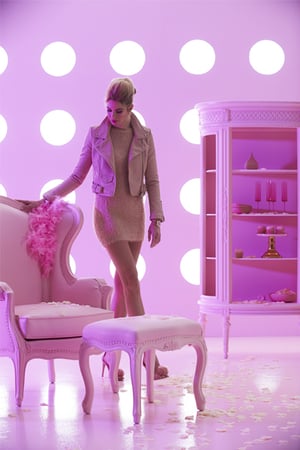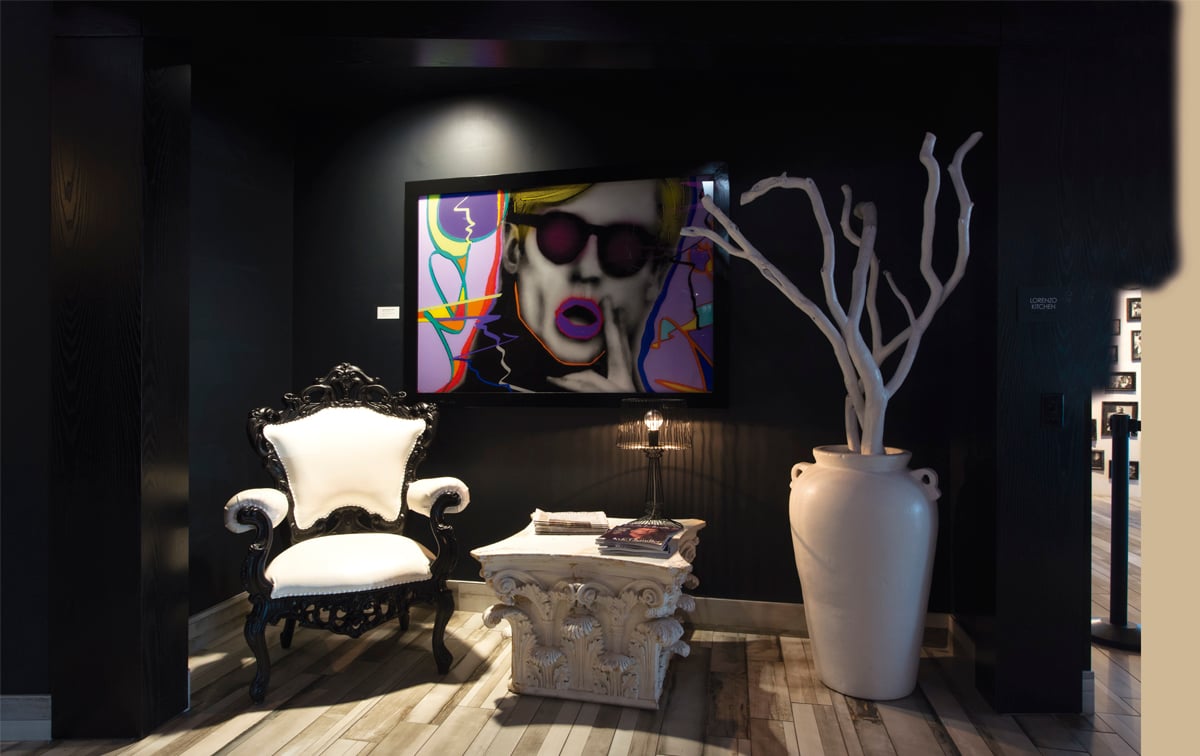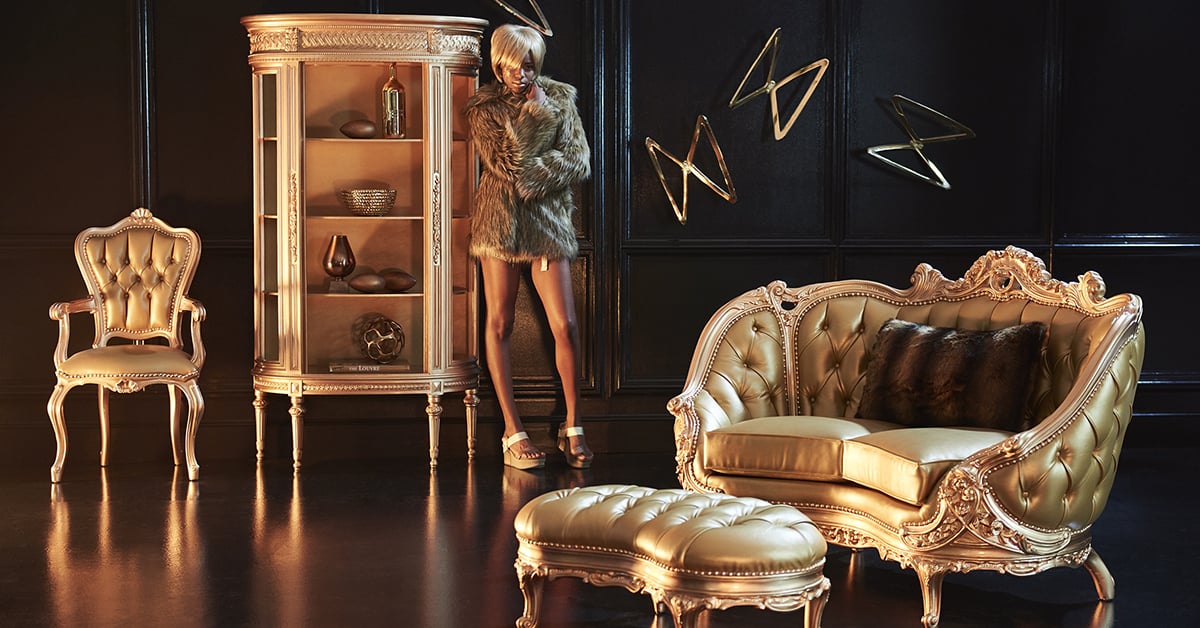A branded interior design project is one of the most interesting challenges a designer can face. Unlike a residential project with a particular client, when we are going to create spaces destined for commercial use and linked to a firm, we need to take into account both the personality of the end user and the personality of the company or franchise in the premises.
We can be talking about a restaurant, a hotel, a corporate office, a boutique, or any other place where the company physically interacts with its customers. In the hands of a good interior designer, the final result will be an environment that is at the same time faithful to the essence of the brand, but also conducive to customers finding the unique experience they are looking for.
There are three general factors to consider in this regard: the user's personality, the brand's personality, and the points of contact between the two. Today we are going to explore them a little more in detail, let's do it.
The personality of the brand
 If you could turn your client's brand into a person, what would he be like? Would we be talking about a middle-aged, serious, reliable individual who is oriented towards the pragmatic and rational? Or a young girl with a very casual, warm and carefree attitude? Is he an extremely elegant and refined man with expensive tastes? Or a teenager who loves sports and adventure?
If you could turn your client's brand into a person, what would he be like? Would we be talking about a middle-aged, serious, reliable individual who is oriented towards the pragmatic and rational? Or a young girl with a very casual, warm and carefree attitude? Is he an extremely elegant and refined man with expensive tastes? Or a teenager who loves sports and adventure?
Ideally, your client's marketing department should already have a document where the personality, voice and essence of the brand are perfectly clear, but on many occasions it will be part of your work as an interior designer to develop this dimension a little further to find the concepts that relate directly to what the space needs to project in congruence with the brand image.
Then, you will be able to land these concepts in the form of strategic design and decoration elements capable of evoking precisely this personality and no other, giving a unique and highly recognizable distinctive touch to the space.
The user's personality
Now, who is your client's ideal customer? Again, you can support yourself with the marketing area so that they share with you the data sheet or sheets of the so-called Buyer person. The personal Buyer is something like a biography of the type of individuals that represent the universe of customers and prospects of the business, and includes not only their socio-demographic data such as age range, gender and purchasing power, but also more personal elements such as their expectations, concerns, desires, hobbies, and challenges they face.

For example, the individual buyer of a luxury hotel chain is not the same as that of a family restaurant franchise. In the first case, you may need to design spaces that evoke comfort and status, and in the second case, it may be best to look for practicality and relaxation. But that depends precisely on what the user expects and needs in his or her interaction with the brand.
Commercial interior design as a brand/user experience
A basic question you need to ask yourself is what emotions do you want to trigger in these types of customers? There is a whole psychology in interior design that explains how the different spaces we inhabit or visit transmit something to us and cause different emotions, making us more prone to certain actions or attitudes.

For example, it has been demonstrated that curved and sinuous lines lead us to be more relaxed and feel more communicative, while straight lines and cold colors promote us to make more rational and critical decisions.
Wide spaces are related to leisure and rest, while small and delimited spaces are related to haste and practicality. An environment full of very complex elements, such as different textures and marked differences in the size and style of the decorative elements, encourages creativity, while a minimalist space facilitates attention and generates confidence.
So, on the one hand you have the elements that will give the space a brand identity, and on the other hand you have the needs of the buyer person. Your goal is to design an environment in which the brand can promote certain behaviors and emotions in the customer from the psychological triggers it has in its favor, but without losing sight of its own essence.
The color palette, the space layout, the type and size of the furniture, the type of lines, how overloaded or minimalist the decoration is, how many stimuli have to be filtered, the amount and type of lighting, and even the acoustics and temperature are elements you can play with to obtain a result that leaves a mark.
When you present the decoration project to your client, it is very important that you can justify each of the decisions with arguments that relate to any of the three points that we have just seen. Thus, not only will you demonstrate your professionalism and your mastery of the psychology of interior design, it will also be much easier for them to accept your proposal without too many changes.
Before saying goodbye, we do not want to miss the opportunity to recommend you to take a look at our customizable catalog. You'll see how you can play with a wide range of colors and textures to make each piece a star element that perfectly suits the needs of your next design project.






Leave Comment